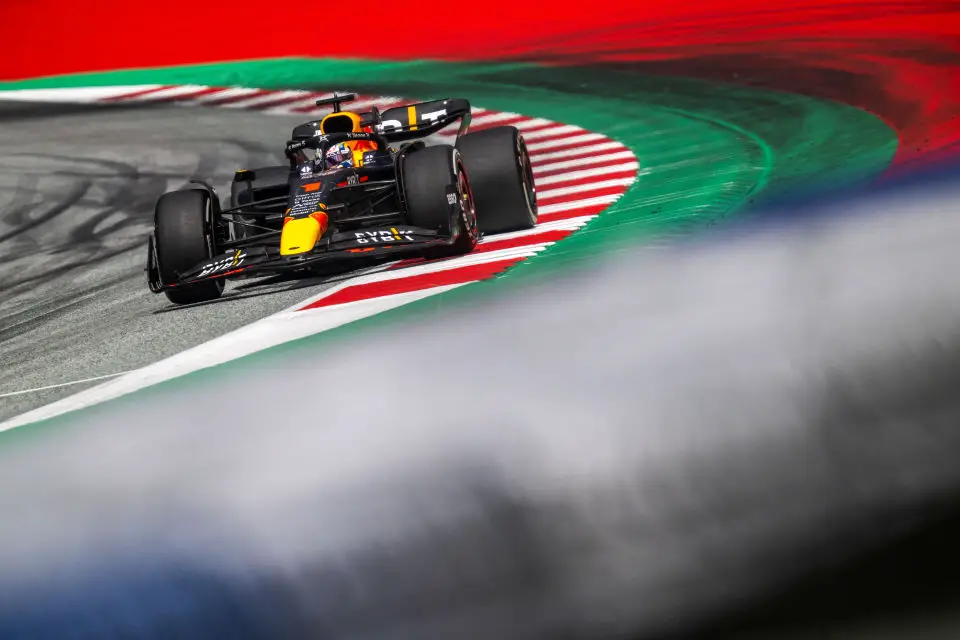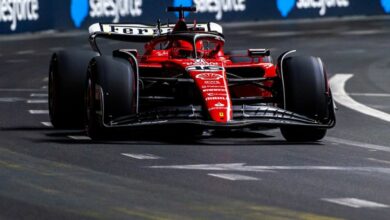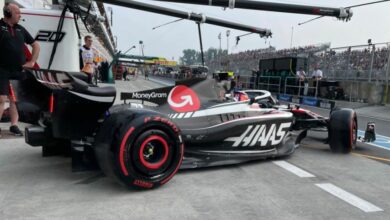Red Bull’s F1 Dominance Challenged: The Rise of New Contenders in 2024
In an intriguing twist to the Formula 1 saga, Red Bull’s supremacy is being questioned as rivals draw inspiration from its RB19 model. Christian Horner, Red Bull team principal, anticipates a fiercer competition in 2024, signaling a potential end to their unrivaled dominance.
Key Takeaways:
- The RB19 Effect: Christian Horner points out the influence of Red Bull’s RB18 and RB19 models, which have set new benchmarks in F1. Teams are increasingly adopting features from these models, leading to a more competitive field in 2024.
- Shifting Dynamics: The performance gap between Red Bull and other teams is narrowing, with other contenders like McLaren, Ferrari, and Mercedes catching up. This trend is expected to intensify, creating a more balanced and unpredictable competition next year.
- Horner’s Insight: In an interview with ESPN, Horner emphasized the fluctuating nature of the competition, with different teams posing challenges each week. He predicts that the stability in F1 rules will lead to convergence in car designs and closer races.


The world of Formula 1 is bracing for a seismic shift in 2024, as Christian Horner, the strategic mind behind Red Bull Racing, foresees a dramatic change in the competitive landscape. Since the inception of the ground effect rules in 2022, Red Bull has been the epitome of success, largely due to the innovative designs of the RB18 and RB19 cars by Adrian Newey. These models have not only spearheaded Red Bull’s victories in 2022 and 2023 but have also emerged as a blueprint for other teams in their quest for glory.
The once clear-cut dominance of Red Bull is gradually eroding. As the 2023 season progresses, a noticeable decline in their lead is evident. This trend is expected to continue into the next season, setting the stage for an intense and closely contested championship, something Red Bull hasn’t encountered in recent times.
The Singapore Grand Prix served as a stark reminder of this shifting paradigm. Red Bull’s setback in Singapore, attributed to a setup error, highlighted the growing challenge from competitors. Teams like Mercedes and Ferrari, initially steadfast in their designs, have gradually pivoted towards emulating aspects of the RB19, acknowledging the efficacy of Red Bull’s approach.
Christian Horner’s comments on ESPN underscore the dynamic nature of the competition. He noted that different teams have alternated as Red Bull’s closest rivals throughout the season. This competition has been beneficial for Red Bull, but Horner warns of a much tighter contest next year. His statement underscores the inevitability of design convergence under stable rules, a factor that could lead to closer races and a more level playing field in 2024.
Moreover, Horner lauded McLaren for their remarkable improvement, highlighted by their impressive performance in Japan. McLaren’s significant progress, challenging Red Bull for pole positions, reflects the absence of ‘silver bullets’ in F1. Such advancements underscore the evolving nature of the sport, where innovation and adaptation are key to success.
In conclusion, as the 2024 season approaches, the F1 grid prepares for a paradigm shift. The influence of Red Bull’s designs is evident across the field, but with this comes the promise of a tighter and more thrilling championship battle. Red Bull may need to brace themselves for a season where their dominance is not just tested, but potentially matched by their resurgent rivals.




